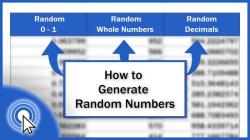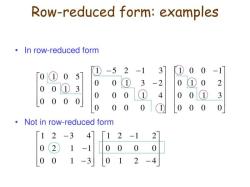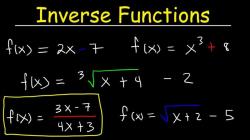How to solve PEMDAS problems?
Solving PEMDAS problems involves following a step-by-step approach to correctly evaluate mathematical expressions by applying the order of operations. PEMDAS stands for Parentheses, Exponents, Multiplication and Division (from left to right), and Addition and Subtraction (from left to right). Here's a step-by-step guide on how to solve PEMDAS problems:
Step 1: Parentheses (P)
Begin by identifying any expressions enclosed in parentheses. If there are nested parentheses, start with the innermost set and work your way out.
Evaluate the expressions inside the parentheses using the order of operations. Perform any calculations within the parentheses.
Step 2: Exponents (E)
- Next, identify and evaluate any expressions with exponents (e.g., powers and roots). Calculate the values of these expressions from left to right.
Step 3: Multiplication and Division (from left to right) (MD)
- Moving on, evaluate any multiplication and division operations from left to right as they appear in the expression. There is no specific priority between multiplication and division; simply follow the order in which they appear.
Step 4: Addition and Subtraction (from left to right) (AS)
- Finally, evaluate any addition and subtraction operations from left to right as they appear in the expression. Like with multiplication and division, there is no specific priority between addition and subtraction; simply follow the order in which they appear.
Step 5: Check for Remaining Operations
- After completing the previous steps, review the expression to ensure that all operations have been correctly evaluated. Make sure that you haven't missed any part of the expression.
Step 6: Calculate the Final Result
- Once you have successfully completed all the steps, you should have simplified the expression to a single numerical value, which is the final result of your calculation.
Here's an example problem to illustrate the steps:
Example: Evaluate the expression: 3 + (5 × 2)² ÷ 4 - 6
Step-by-Step Solution:
Parentheses (P): There is a set of parentheses with the expression (5 × 2). Calculate the value inside the parentheses: 5 × 2 = 10.
Exponents (E): There is an exponent operation with (10²). Calculate 10 squared: 10² = 100.
Multiplication and Division (MD): Now, perform multiplication and division from left to right: 3 + 100 ÷ 4 - 6.
Continue evaluating from left to right: 3 + 25 - 6.
Finally, perform the remaining addition and subtraction operations: 3 + 25 = 28 - 6 = 22.
So, the final result of the expression is 22.
By following these steps, you can systematically and accurately solve PEMDAS problems, ensuring that you correctly apply the order of operations and obtain the correct answer.












